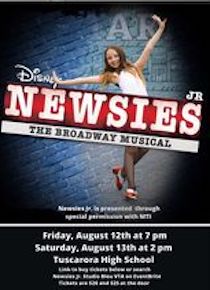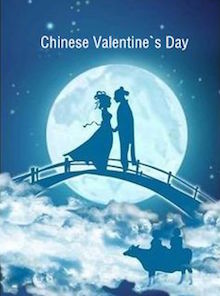When I was in school and learning about electronics, there was no such thing as “integrated circuits.” In my last year of school I had a course on something called “transistors.”
Electronic devices, at the time, consisted mostly of radios and the newer radios with a picture — televisions. Computers existed, but in kind of a rudimentary form — they took up entire rooms, weighed thousands of pounds and were nowhere near as powerful as the computers we carry in our pockets today.
All these electronic devices were made up of something called thermionic valves, or as they were better known — vacuum tubes. Vacuum tubes were lightbulb-looking devices that are now more or less obsolete, with a couple of notable exceptions. But in their heyday, “tubes” were critical to the design of most electronic systems from radios, TVs, telephones to computers.
The basic working principle of a vacuum tube is a phenomenon called thermionic emission. Here’s how it works — you heat up a metal, and the thermal energy knocks some electrons loose. In 1904, English physicist John Ambrose Fleming took advantage of this effect to create the first vacuum tube — he called it an oscillation valve.
Fleming’s device consisted of two electrodes, a cathode and an anode — they were place at either end of an encapsulated glass tube. When the cathode was heated, it gave off electrons via thermionic emission. Fleming found that by applying a positive voltage to the anode, those electrons were attracted to the anode and could flow across the gap. By removing the air from the glass tube to create a vacuum, the electrons had a clear path from the cathode to the anode and an electrical current was created.
The “Fleming Valve” consisted of only two electrodes — this type of device is called a diode. The term diode is still used today to refer to an electrical component that only allows an electric current to flow in one direction. In the case of the vacuum tube diode, electrons can only flow from the cathode to the anode — but if you’re an electrical engineer, you remember that the direction of conventional current is opposite to the actual movement of electrons — something that always annoyed me in engineering classes. Diodes are commonly used for rectification — converting an alternating current (AC) to a direct current (DC.)
While the Fleming Valve, a diode, was a significant invention and handy to have around, it only had one function — rectifying electrical current. In 1907, an American inventor, Lee de Forest, added a third electrode to the Fleming Valve, creating a triode tube. The third electrode, called the control grid, enabled the vacuum tube to be used not just as a rectifier, but as an amplifier of electrical signals. The control grid was placed between the cathode and anode. The grid is in the shape of a mesh, so the holes allow electrons to pass through it and by adjusting the voltage applied to the grid, the number of electrons flowing from the cathode to the anode can be controlled.
The triode is able to amplify signals because a small change in the control grid voltage leads to a large change in the anode current. This allows a small signal at the grid (like a radio wave) to be converted into a much larger signal, with exactly the same waveform at the anode.
As tube technology developed, additional grids were added to vacuum tubes — tubes with four or five grids were/are referred to as tetrodes and pentodes, respectively.
So until I was well into adulthood, the vacuum tube was the heart of electronics equipment. Although it took a few years, the beginning of the end started in 1947 when three physicists — William Shockley, Walter Brattain and John Bardeen created the world’s first transistor. The transistor could replicate all the functions of tubes, like switching and amplification, but was made of semiconductor materials. Once transistors were able to be mass produced, vacuum tubes were on their way to extinction. Transistors are much more durable, much smaller, and require much less power to function.
So me and vacuum tubes had our day, but the world has moved on and the world today is powered by solid-state devices. What does the future hold for electronics? It’s anybody’s guess what the next wave of technological advancement will bring us…..
— 30 —



